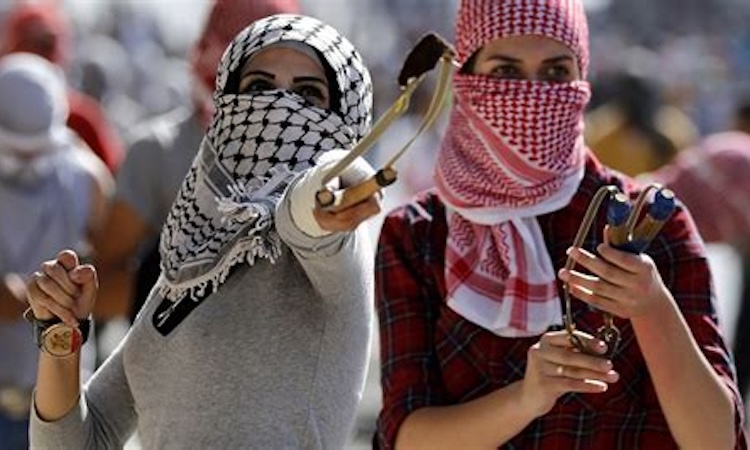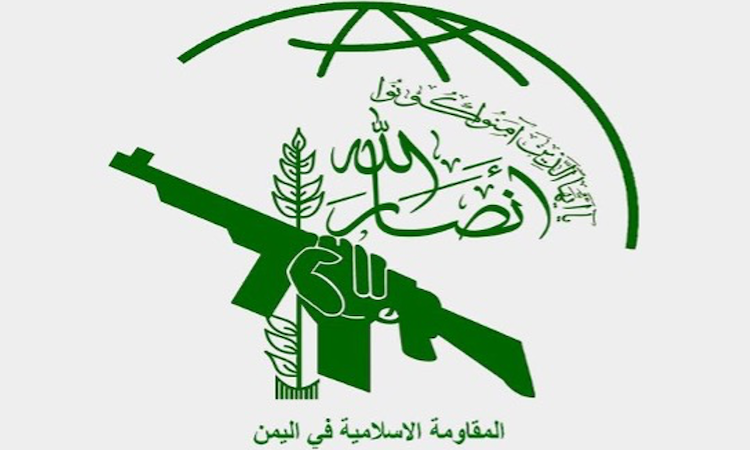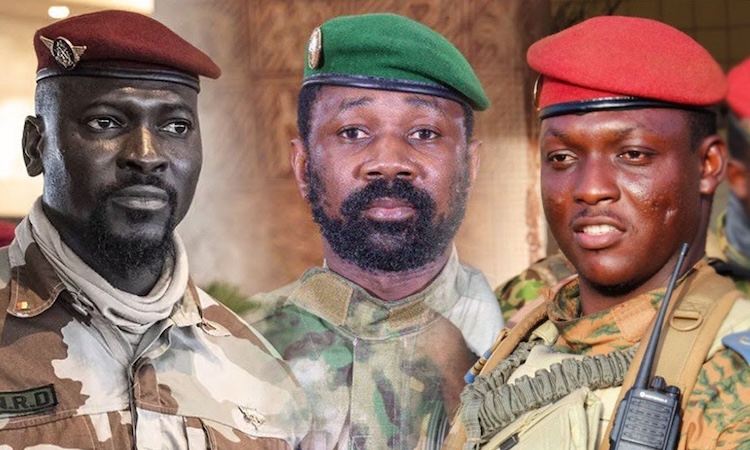This article is based on information from an investigative report by Hagar Shezaf, published in Haaretz newspaper on 5 July 2019.
*****
“Safsaf [former Palestinian village near Safed] – 52 men were caught, tied them to one another, dug a pit and shot them.”
So begins a document, found in the Yad Yaari archive at the Givat Haviva centre for a shared society in northern Israel. It describes events that took place during the capture of the Upper Galilee village of Safsaf by the Israel Defence Forces (IDF) in 1948 – the year of the Nakba (‘the Calamity’), when Palestinians were forced to leave their homes en masse as a result of ethnic cleansing operations carried out by the newly-established zionist state.
The document was discovered by historian Tamar Novick four years ago, and it supports widespread and generally accepted allegations that war crimes were committed by the IDF in that year, as well as suggesting that the criminal actions of the IDF’s seventh armoured brigade, long rumoured but always officially denied, were known all along to Israel’s top brass.
Aharon Cohen, a central committee member of the ‘left-wing’ zionist Mapam party, made a note in November 1948 following a briefing given by Israel Galili (former chief of staff of the Haganah zionist paramilitary gang, which went on to become the IDF): “Safsaf 52 men tied with a rope. Dropped into a pit and shot. 10 were killed.” This note of Cohen’s was cited by Israeli historian Benny Morris in his work The Birth of the Palestinian Refugee Problem, 1947-1949.
The citation included the note’s place in the Yad Yaari archive, but when Ms Novick sought it out four years ago, the note was nowhere to be found. When she enquired as to its whereabouts, she was told that the ministry of defence had ordered that it be locked away.
Further investigation revealed this to have been part of an operation spearheaded by the MoD to make historic records unavailable – an operation dating from the start of the previous decade.
A systematic process
Among the documents removed from archives are those that record the events of the Nakba. A report from the Akevot Institute for Israeli-Palestinian Conflict Research found that the defence ministry’s security department (the Malmab) has been responsible for extra-judicially removing historical documents, and that the documents made unavailable include many that had previously been cleared for publication by the military censor.
Additionally, a report by Israeli newspaper Haaretz shows that the security department has gone so far as to threaten the directors of archives, and insists that the department’s censorship extends to testimony by IDF personnel regarding the killing of civilians and the demolitions of villages, as well as to records documenting the expulsion of Bedouin tribespeople in the first decade of the establishment of Israel.
The Yad Yaari research and documentation centre’s director, Dudu Amitai, has told of how Malmab staff paid regular visits to the archive between 2009 and 2011. According to Amitai: “Dozens of files, in their entirety, found their way into our vault and were removed from the public catalogue.”
When questioned about the purpose of the operation, former Malmab head Yehiel Horev acknowledged that it was necessary to conceal the truth about the Nakba in order to avoid unrest amongst the Arab population (that is, among the Palestinians still living inside Israel), and admitted that already-published documents are being removed in order to undermine studies on the root causes of the refugee problem.
Among the documents removed is a text written by an IDF officer, who approvingly discusses how Arabs were removed from each village. Researchers found a copy, which had at that time been authorised for publication by the military censor. The text recounts how 70 percent of Palestinians who left during the Nakba did so as a result of Israeli military operations (ie, at gunpoint), listing “direct jewish acts of hostility” as the primary reason for the exodus – something that has always been disputed by the zionist state, which has insisted that ‘Arab leaders’ were responsible for scaring the Palestinian population into leaving their homes.
Another text, also removed by the security department, records interviews with former state actors, including both public and military figures. In one interview, Major General Avraham Tamir recounts how the engineering battalions of Israeli central command demolished abandoned villages to make sure that displaced Palestinians had nowhere to return to.
Among the documents removed from the public catalogue at Yad Yaari are ones that give information on the post-1948 military government. The appendix to a 1958 report by the ministerial committee that oversaw the government of the time explains that reasons for enforcing martial law included restricting Arab citizens’ access to the jobs market and preventing them from rebuilding demolished villages.
The report also details the expulsion of Bedouin, which reduced their numbers from 100,000 to 13,000 in the Negev desert alone. At a time when there is renewed interest in Israel’s founding myths and its various self-exculpatory narratives, such information is not only embarrassing, but profoundly dangerous to the zionist project – a clear motivation for Israel’s secret services to have disallowed access to the file.
According to Israel’s former chief archivist, Tuvia Friling, Malmab has only been authorised to access documents relating to Israel’s nuclear project, but many more documents quite unrelated to that topic have been made inaccessible. In the Yad Tabenkin archives, the security department has even removed records on jewish settlements built in occupied Palestinian territories. Indeed, Friling states that this censorship was one of the factors leading to his resignation in 2004.
Yahiel Horev, the former head of the Malmab who began the archive-cleansing project, was interviewed by Haaretz. He also emphasised the need to avoid unrest amongst the Palestinian population. When questioned about the rationale for hiding documents that have already been published, he admitted that when censorship is thus imposed by the Israeli state, “the published work [and hence criticism of the zionist entity] is weakened, because the author doesn’t have the [original] document”.
As the former chief archivist at Israel’s state archives, Yaacov Lozowick, aptly expressed it in a report written upon his retirement: “This is an attempt to hide part of the historical truth in order to construct a more convenient version.”














